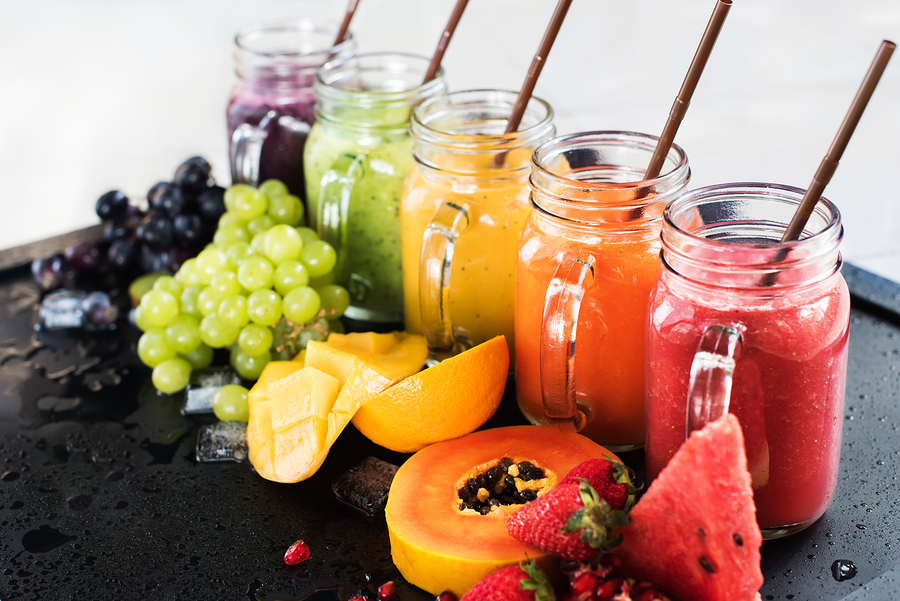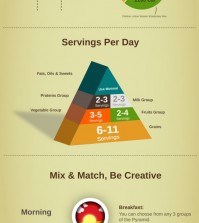- Make It Yourself Lavender Heart-Shaped Bath Bombs!
- 20 Things You Never Knew About “Down There”
- 12 Best Foods For Those Suffering From Arthritis Pain
- 12 Personal Hygiene Mistakes Almost Everyone Makes (Mom Never Told You About #4!)
- 15 Medicinal Plants And Herbs From The Cherokee People
- 12 Mind-Blowing Benefits Of Drinking Coconut Water During Pregnancy
- 12 Outstanding Winter Foods That Won’t Fatten You Up Like A Christmas Turkey
What Is The Rainbow Diet? How Does It Work?
Blue and Purple Foods
There are not that many naturally blue or purple foods, but the ones that do exist are generally very healthy. This is because of the antioxidant compounds which give them their deep purple or bluish hue. These compounds include anthocyanins (also found in red fruits and veggies) as well as resveratrol, which help fight inflammation, reduce the risk of cancer and neurodegenerative conditions like Alzheimer’s disease, fight oxidative stress, and lower your levels of low-density lipoprotein (LDL) cholesterol.
Some examples include: Blueberries, blackberries, plums and prunes, red cabbage, figs, certain varieties of grapes and raisins.
RELATED: 3 Delicious Recipes For Adding Beets To Your Diet Video
In addition to this, there are some other fruits and vegetables which may not be part of the rainbow, but still offer considerable health perks. White and white-ish foods like cauliflower, bananas, garlic, onions, and certain types of potatoes can offer many of the same benefits mentioned above.
In order to get the most value out of this colorful approach to nutrition, it is important to eat a variety of colors and not focus exclusively on just one. By all means— eat your greens, but be sure to fit some blues, yellows and reds in too.
References:

































